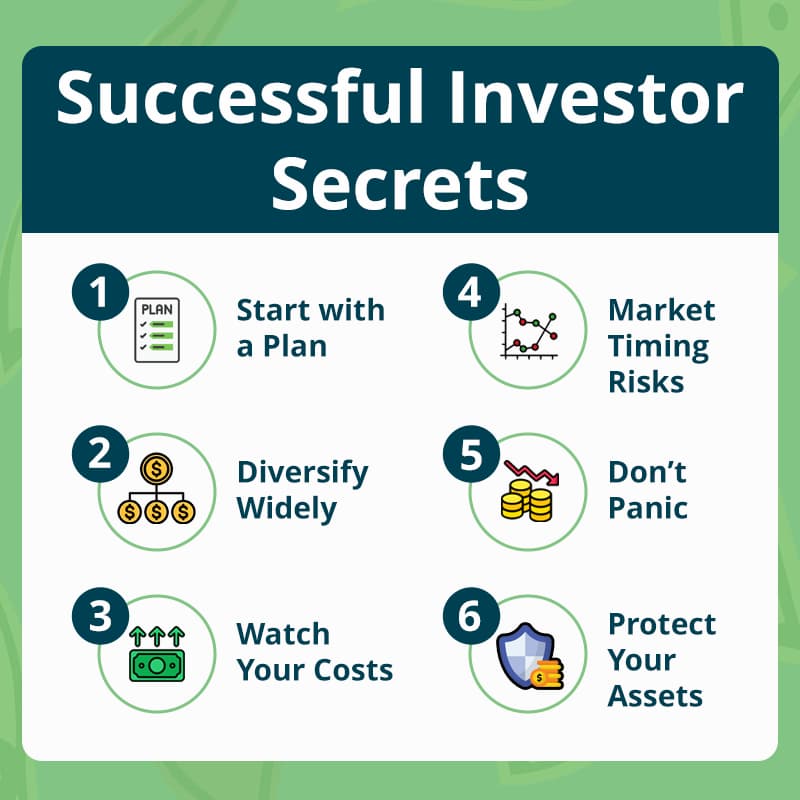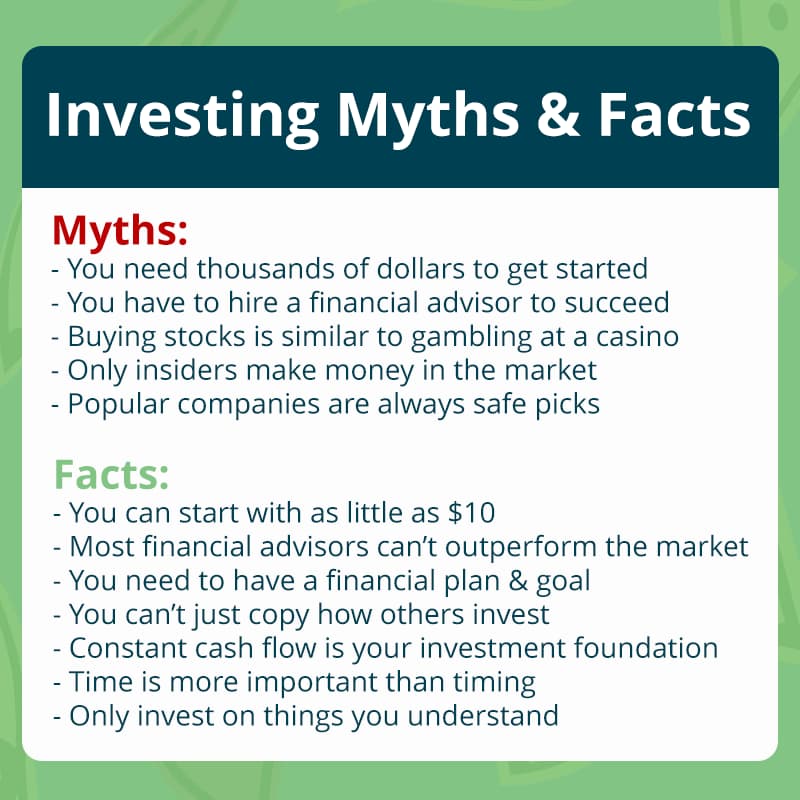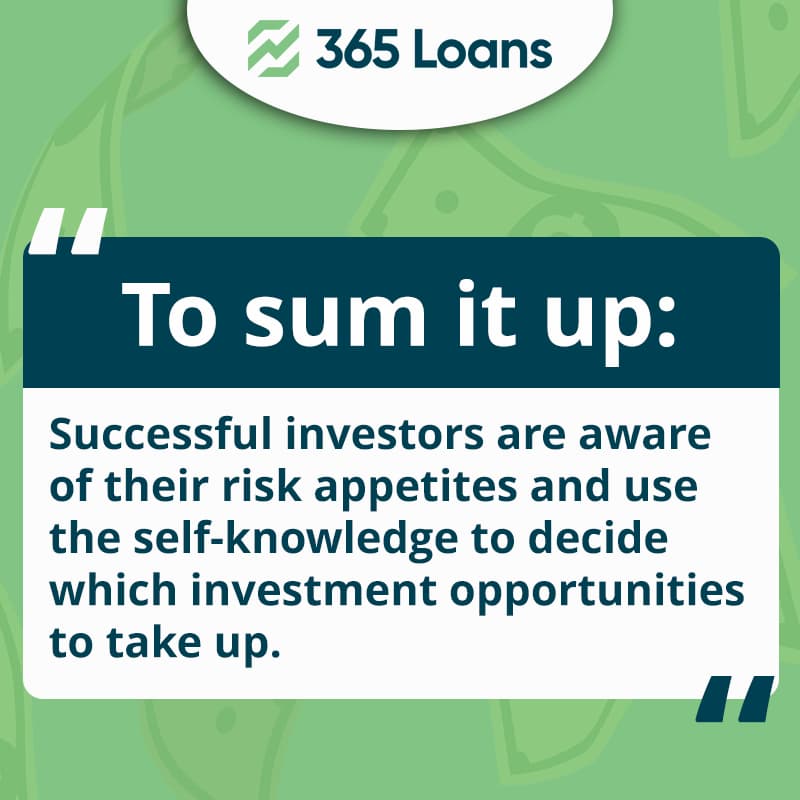Portfolio management entails more than merely diversifying your holdings, buying stocks, and hoping they go up in value. This paradigm might have been successful when investors believed that management would produce long-term returns. Some investors might be okay with only making money without expanding their portfolio, but the majority of them undoubtedly aren’t. Instead, most investors would want to see steady growth in their portfolios.
There are numerous strategies for increasing the value of a portfolio. Some may require more extended periods of consumption, and some may require a robust risk method. So how do you gauge investment portfolio growth?
Investment 101: Six Portfolio Strategies for Growth
Any rise in portfolio value can generally be regarded as growth. It could be capital appreciation, where the investment’s price or value rises over time, or it could be a deposit that pays a dividend on the principal.

Both short-term and long-term growth are possible, depending on your investment goal. Risk impacts your returns because larger risks typically result in lower returns.
Strategy 1: Buy and Hold
The most straightforward approach that any investor may use. It is mainly intended for investors who purchase a specific stock, add it to their portfolio, and don’t pay much attention to its short-term price. Instead, most of their time and approach is spent either enjoying dividend payouts or patiently waiting for capital appreciation after a long period. Due to their general lack of interest in price movement, this technique is ideal for investors with low-risk tolerance.
Strategy 2: Diversification
Investors can determine ratios for their asset allocation using this excellent method. For instance, a mixed portfolio employing stable commodities like gold or derivative products like futures and options might change risk. Investors can lower portfolio risk by using derivative securities. Those who want to get there faster can add more high-risk investment vehicles or assets, such as stocks or currencies.
Investors unsure how to put together an investment portfolio can always choose a hedge fund, mutual fund, unit trust, or ETF. These frequently offer effective diversified exposure to a wide range of asset classes and strategies that have been carefully crafted by a human investment analyst or artificial intelligence (AI).
Strategy 3: Dollar Cost Averaging (DCA)
Dollar-cost averaging enables the investor to make more money from the fund gradually. Therefore, DCA is effective when an investor sets aside a certain sum to be utilized to buy shares of one or more particular stocks periodically.
As investors don’t have to worry about buying shares when the market is rising or have to time their purchases precisely, DCA aims to fight irrational buying habits.
The price of the stocks will change from one buying period to the next, as has been done regularly. As a result, the investor can reduce the shares’ total cost basis. Fewer shares will be bought when the stock price is high, and more shares will be bought when the stock price is low.

Strategy 4: Timing the Markets and Investments
Investors who pay close attention to particular market instruments typically outperform “Buy and Hold” and “Diversification” strategies in terms of return. This is one of the most straightforward yet complex strategies since it demands traders to perfectly time the market and constantly buy at low prices and sell at high prices. However, if the investor can accurately predict market movement, then this technique will produce a superior return by allowing them to buy at a bargain and sell at a premium.
Market timing is not for everyone, in any case. It is intended for investors who can set aside time daily to monitor the market. Therefore, it is preferable to avoid market timing and concentrate on alternative investment tactics that are more suited for the long term for individuals who do not have much time to monitor the market.
Strategy 5: Growth Sector Investing
In-demand equities frequently offer aggressive growth. In addition, these industries constantly change over time, including examples such as technology, healthcare, and small-cap stocks. So why is it a good idea to invest in growth stocks?
This is because they frequently offer above-average profits in exchange for higher risk and volatility. Higher risk entails higher yields. In addition, most businesses in this category react favorably to recent news. As a result, their stock price changes appropriately.
For instance, Elon Musk‘s decision to buy Twitter impacted both Tesla’s and Twitter’s stock prices.
When using this method, keeping oneself current is essential. Therefore, keep an eye not only on the news about the specific company but also on the nation where they are based.
Strategy 6: Dogs of the Dow
The 10 businesses in the index with the lowest dividend yields are known as the “dogs” of the Dow. Over time, investors who buy these companies at the start of the year and then rebalance their portfolios annually have typically outperformed the index’s return.
This strategy is based on Michael O’Higgins’ approach in his book “Beating the Dow.”
Bottom line
There are numerous ways to invest. Always invest sensibly and within your risk appetite. The appropriate mix of stocks, bonds, and cash can let risk-averse investors develop their portfolios with significantly less risk and volatility, while risk-takers can invest in riskier assets.

Although simple, investing is not easy. More than IQ, it demands autonomous thought and emotional intelligence. IQ won’t assist you in avoiding selling and acquiring more at advantageous levels when the markets are in decline.
By building your investment portfolio intelligently, you can prevent a catastrophic loss because, generally speaking, when one asset class performs poorly, another one performs well.







